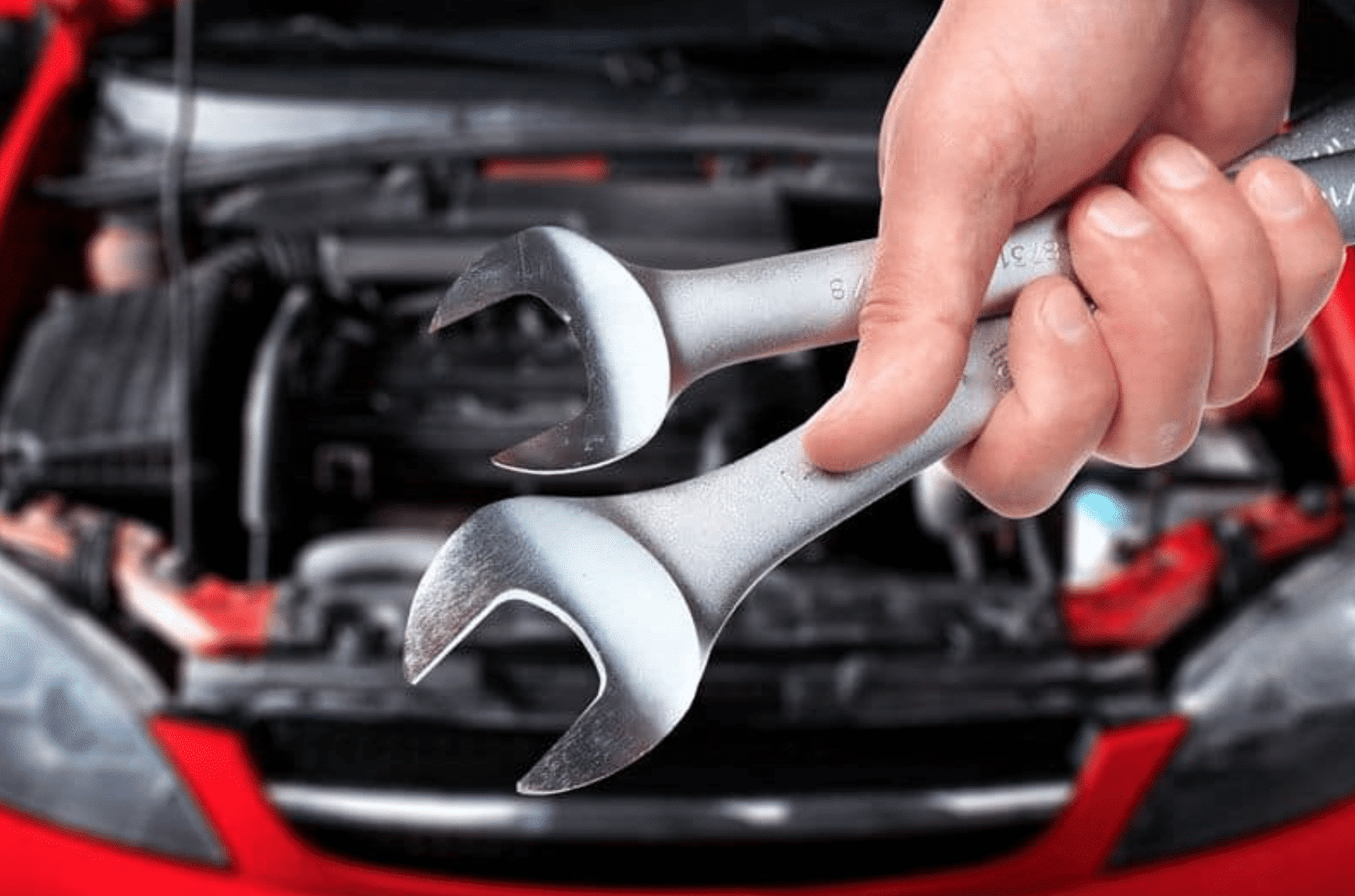A diagnostic test is an invaluable device for modern automobile upkeep and repair work. Diagnostic screening offers an exact, effective way to uncover troubles and make sure the appropriate repair services are carried out.
Comprehending Diagnostic Checking. Diagnostic tests make use of specialized tools to interface with your car's onboard computer system, commonly described as the OBD-II (Onboard Diagnostics) This system continuously monitors your cars and truck's efficiency and elements, consisting of the engine, transmission, exhaust system, brakes, and more. When a problem occurs, sensors within these systems set off error codes that are saved in the automobile's memory.
![]()
An analysis scanner checks out these codes, supplying auto mechanics with essential insights right into the nature and area of prospective issues.
How Diagnostic Examinations Job. Connection to the OBD-II Port. The service technician connects an analysis scanner to the OBD-II port, usually located below the dashboard. This scanner connects with the vehicle's computer to get stored error codes.
Code Interpretation. Each code matches to a specific problem or system. As an example, a P0300 code shows a misfire in the engine, while a P0420 code points to concerns with the catalytic converter.
Added Examining. While the diagnostic test provides a roadmap, more investigation may be required to validate the origin. Specialists utilize the codes as a beginning factor for a deeper evaluation, including physical checks and efficiency examinations.
![]()
Benefits of Diagnostic Screening. Precision and Efficiency. Hand-operated examinations can be lengthy and may not always disclose the exact problem. Diagnostic tests simplify the procedure by directly identifying issue locations, conserving effort and time.
Very Early Discovery of Issues. Numerous problems can be spotted before they manifest as significant problems. As an example, an analysis test might recognize a falling short oxygen sensor or transmission component, permitting preventive upkeep.
![]()
Expense Financial Savings. By identifying the issue, analysis testing helps stay clear of unneeded repairs or component replacements. Attending to problems early likewise protects against expensive breakdowns or comprehensive damage.
Boosted Safety. Recognizing and dealing with concerns promptly makes sure that your auto runs securely. Whether it's a defective brake system or a stopping working air bag sensing unit, diagnostics can highlight safety-critical problems.
Typical Concerns Identified Through Diagnostics. Engine misfires or stalling. Transmission efficiency troubles. Exhaust system failings impacting fuel performance. Malfunctioning sensors or circuitry. Troubles with ignition timing or fuel injection. When Should You Obtain an Analysis Test? Examine Engine Light: If your dashboard shows this caution, a diagnostic examination is necessary to reveal the underlying concern. Efficiency Issues: Decreased fuel efficiency, harsh idling, or unusual noises can all suggest issues. Routine Upkeep: Integrating analysis examinations into routine service appointments can aid detect and attend to problems early. Final thought. An analysis examination is more than simply a fixing tool; it's an aggressive step to keep your cars and truck's wellness. By leveraging innovative innovation, diagnostic testing offers a clear picture of your lorry's efficiency, ensuring exact repairs and assurance. Whether you're dealing with a warning light or scheduling routine maintenance, an analysis test is the very first action toward maintaining your cars and truck running efficiently and effectively.
Comprehending Diagnostic Checking. Diagnostic tests make use of specialized tools to interface with your car's onboard computer system, commonly described as the OBD-II (Onboard Diagnostics) This system continuously monitors your cars and truck's efficiency and elements, consisting of the engine, transmission, exhaust system, brakes, and more. When a problem occurs, sensors within these systems set off error codes that are saved in the automobile's memory.

An analysis scanner checks out these codes, supplying auto mechanics with essential insights right into the nature and area of prospective issues.
How Diagnostic Examinations Job. Connection to the OBD-II Port. The service technician connects an analysis scanner to the OBD-II port, usually located below the dashboard. This scanner connects with the vehicle's computer to get stored error codes.
Code Interpretation. Each code matches to a specific problem or system. As an example, a P0300 code shows a misfire in the engine, while a P0420 code points to concerns with the catalytic converter.
Added Examining. While the diagnostic test provides a roadmap, more investigation may be required to validate the origin. Specialists utilize the codes as a beginning factor for a deeper evaluation, including physical checks and efficiency examinations.

Benefits of Diagnostic Screening. Precision and Efficiency. Hand-operated examinations can be lengthy and may not always disclose the exact problem. Diagnostic tests simplify the procedure by directly identifying issue locations, conserving effort and time.
Very Early Discovery of Issues. Numerous problems can be spotted before they manifest as significant problems. As an example, an analysis test might recognize a falling short oxygen sensor or transmission component, permitting preventive upkeep.

Expense Financial Savings. By identifying the issue, analysis testing helps stay clear of unneeded repairs or component replacements. Attending to problems early likewise protects against expensive breakdowns or comprehensive damage.
Boosted Safety. Recognizing and dealing with concerns promptly makes sure that your auto runs securely. Whether it's a defective brake system or a stopping working air bag sensing unit, diagnostics can highlight safety-critical problems.
Typical Concerns Identified Through Diagnostics. Engine misfires or stalling. Transmission efficiency troubles. Exhaust system failings impacting fuel performance. Malfunctioning sensors or circuitry. Troubles with ignition timing or fuel injection. When Should You Obtain an Analysis Test? Examine Engine Light: If your dashboard shows this caution, a diagnostic examination is necessary to reveal the underlying concern. Efficiency Issues: Decreased fuel efficiency, harsh idling, or unusual noises can all suggest issues. Routine Upkeep: Integrating analysis examinations into routine service appointments can aid detect and attend to problems early. Final thought. An analysis examination is more than simply a fixing tool; it's an aggressive step to keep your cars and truck's wellness. By leveraging innovative innovation, diagnostic testing offers a clear picture of your lorry's efficiency, ensuring exact repairs and assurance. Whether you're dealing with a warning light or scheduling routine maintenance, an analysis test is the very first action toward maintaining your cars and truck running efficiently and effectively.
Navigation
Home
Latest Posts
Why Choose Avondale Car Repair Work for Your Oil Change Demands?
Published Jan 07, 25
1 min read
Engaging and Customer-Focused
Published Jan 07, 25
1 min read
Discovering Eco-Friendly Qualities in the 2025 Toyota Corolla Hatchback
Published Jan 07, 25
0 min read